Home>Furniture & Design>Outdoor Furniture>How To Prune Outdoor Plants?
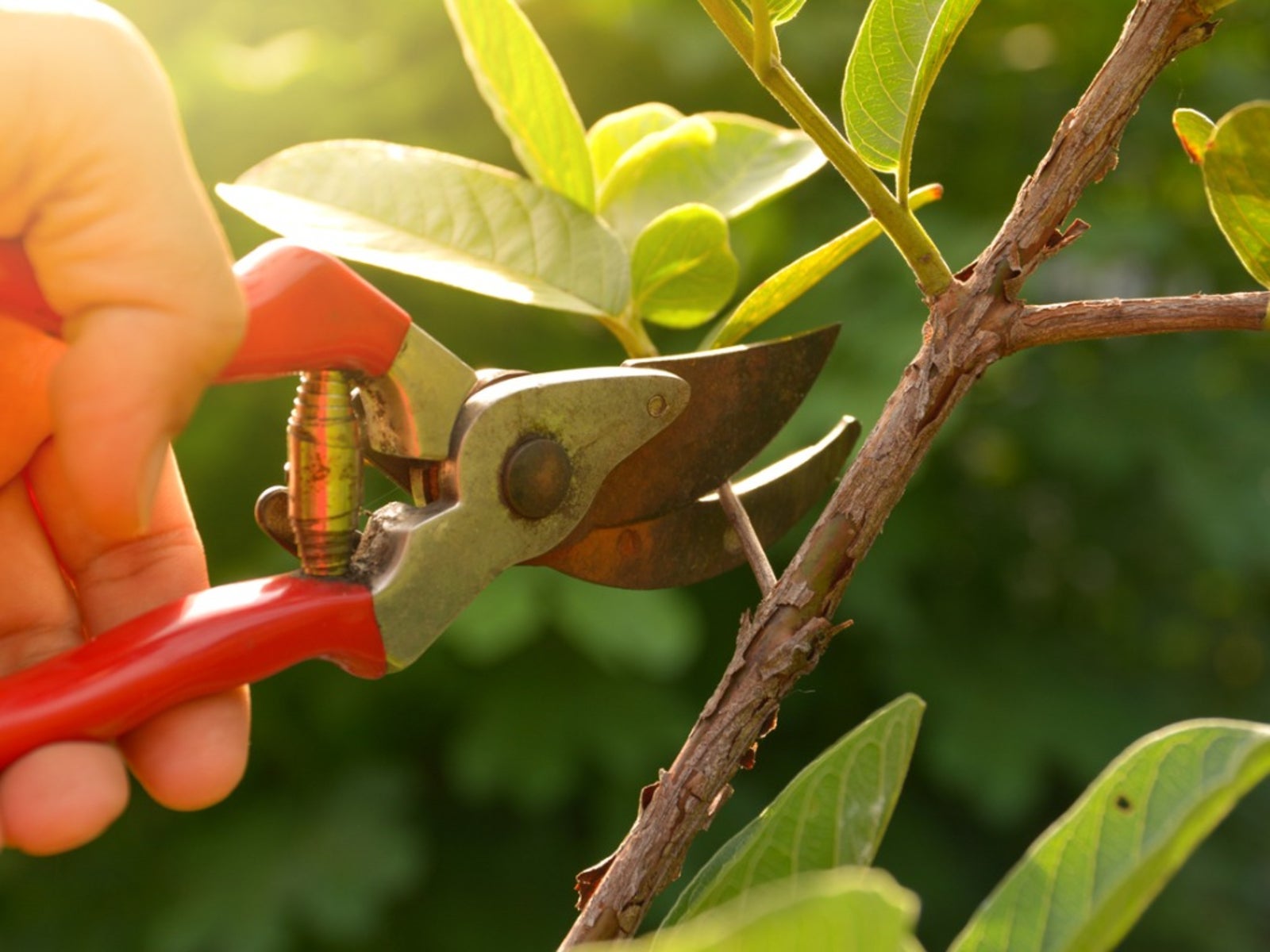

Outdoor Furniture
How To Prune Outdoor Plants?
Modified: August 17, 2024
Learn the best techniques for pruning outdoor plants to promote healthy growth and maintain a beautiful garden. Discover expert tips for outdoor furniture, design, and care.
(Many of the links in this article redirect to a specific reviewed product. Your purchase of these products through affiliate links helps to generate commission for Storables.com, at no extra cost. Learn more)
Introduction
Pruning outdoor plants is a fundamental aspect of maintaining a healthy and visually appealing garden or landscape. It is a horticultural practice that involves selectively removing specific parts of a plant, such as branches, buds, or roots. This process is essential for promoting plant health, controlling growth, and enhancing the overall aesthetics of outdoor spaces. Whether you are tending to a vibrant flower garden, a lush vegetable patch, or a collection of ornamental shrubs, understanding the art of pruning can significantly impact the vitality and beauty of your outdoor plants.
Pruning is not merely about trimming away excess growth; it is a strategic technique that requires careful consideration of plant species, growth patterns, and seasonal requirements. By mastering the principles of pruning, gardeners can encourage robust growth, improve flowering and fruiting, and shape plants to complement their surroundings. Additionally, regular pruning can help prevent disease, eliminate damaged or diseased tissue, and maintain the structural integrity of plants.
In this comprehensive guide, we will explore the intricacies of pruning outdoor plants, from the benefits of this practice to the essential tools and techniques required for successful pruning. Whether you are a novice gardener seeking to elevate your green thumb skills or a seasoned horticultural enthusiast looking for advanced tips, this article will equip you with the knowledge and confidence to prune your outdoor plants effectively.
So, grab your gardening gloves and let's delve into the art and science of pruning outdoor plants, unraveling the secrets to nurturing flourishing and picturesque garden landscapes.
Key Takeaways:
- Pruning outdoor plants promotes healthy growth, enhances visual appeal, and prevents disease. It’s like giving plants a haircut to help them thrive and look their best!
- Timing, tools, and plant-specific techniques are crucial for successful pruning. It’s a delicate dance between gardener and garden, nurturing nature’s boundless beauty.
Read more: How To Store Prunes
Benefits of Pruning Outdoor Plants
Pruning outdoor plants offers a myriad of benefits that contribute to the overall health, appearance, and productivity of the garden or landscape. Understanding these advantages can inspire gardeners to embrace pruning as an essential aspect of plant care. Here are the key benefits of pruning outdoor plants:
- Promotes Healthy Growth: Pruning stimulates the growth of new shoots and branches, leading to denser foliage and improved overall plant health. By removing dead or damaged parts, plants can allocate more energy to new growth, resulting in stronger and more resilient specimens.
- Enhances Aesthetic Appeal: Pruning allows gardeners to shape plants according to their desired aesthetic preferences. Whether creating formal hedges, sculpting topiaries, or maintaining a naturalistic form, strategic pruning can elevate the visual appeal of outdoor spaces, creating a well-manicured and harmonious landscape.
- Improves Flowering and Fruiting: Proper pruning can optimize flowering and fruiting in many plant species. By removing spent blooms, shaping branches, and thinning out excess growth, gardeners can encourage prolific flowering and bountiful fruit production, resulting in a more abundant and vibrant garden display.
- Controls Plant Size and Shape: Pruning enables gardeners to manage the size and shape of plants, preventing overcrowding and maintaining a balanced and proportionate landscape. This is particularly important for shrubs, trees, and ornamental plants, as it ensures that they complement their surroundings without overshadowing other elements in the garden.
- Prevents Disease and Pest Infestation: Regular pruning helps to eliminate diseased or infested plant parts, reducing the risk of pathogens spreading and pest populations proliferating. Opening up the canopy of plants through pruning also improves air circulation and sunlight penetration, creating an inhospitable environment for many disease-causing organisms.
- Maintains Plant Structure and Safety: Pruning removes weak, crossing, or hazardous branches, reducing the likelihood of storm damage and improving the structural integrity of plants. This is particularly important for trees and large shrubs, as it promotes stability and minimizes the risk of falling limbs or branches.
By harnessing these benefits, gardeners can cultivate thriving and visually captivating outdoor spaces, where plants flourish, bloom abundantly, and harmonize with their environment. The art of pruning empowers gardeners to sculpt nature’s beauty, fostering a landscape that is as healthy as it is enchanting.
When to Prune Outdoor Plants
Timing is crucial when it comes to pruning outdoor plants, as the appropriate season and specific growth stage can significantly impact the success of this horticultural practice. Understanding the optimal timing for pruning different plant species is essential for promoting healthy growth, minimizing stress, and maximizing the desired outcomes. Here are general guidelines for when to prune outdoor plants:
- Spring: Many flowering shrubs, fruit trees, and deciduous ornamental trees benefit from pruning in late winter to early spring, before the onset of new growth. This timing allows gardeners to shape plants while they are still dormant, promoting vigorous spring growth and abundant flowering.
- Summer: Some plants, such as early-flowering shrubs and certain evergreen trees, can be pruned immediately after they finish blooming in late spring or early summer. This timing ensures that new buds have ample time to form before the onset of dormancy in the fall.
- Fall: Minimal pruning is generally recommended in the fall, as plants begin to prepare for dormancy. However, light maintenance pruning, such as removing dead or diseased branches, can be conducted during this time. It is important to avoid heavy pruning in the fall, as it can stimulate new growth that may be susceptible to frost damage.
- Winter: Winter is an ideal time to prune many deciduous trees and shrubs, as their dormant state allows for clear visibility of the plant’s structure and facilitates precise pruning. However, it is crucial to avoid pruning when temperatures are extremely low, as this can lead to damage or delayed healing of pruning wounds.
- Specific Plant Requirements: Some plants have unique pruning requirements based on their growth habits and flowering patterns. For instance, spring-flowering shrubs, such as lilacs and forsythia, should be pruned shortly after blooming to avoid cutting off next year’s flower buds. Conversely, summer-flowering shrubs, like hydrangeas, benefit from pruning in late winter or early spring before new growth emerges.
It is important to research the specific pruning needs of each plant species in your garden, as well as consider regional climate and local growing conditions when determining the best time to prune. By aligning pruning activities with the natural growth cycles of plants, gardeners can optimize the results and minimize the potential for stress or damage.
Ultimately, the timing of pruning plays a pivotal role in nurturing healthy and flourishing outdoor plants, ensuring that they thrive and delight with their seasonal displays year after year.
Tools and Equipment Needed for Pruning
Equipping yourself with the right tools and equipment is essential for executing effective and precise pruning techniques. From handheld cutting implements to specialized safety gear, having the proper arsenal at your disposal can streamline the pruning process while ensuring the health and vitality of your outdoor plants. Here are the essential tools and equipment needed for pruning:
- Pruning Shears (Hand Pruners): These handheld cutting tools are designed for trimming small branches, twigs, and stems. They come in bypass and anvil styles, with bypass pruners being ideal for live wood and anvil pruners suitable for dead wood. Look for quality pruning shears with sharp, replaceable blades and ergonomic handles for comfortable use.
- Loppers: Loppers are larger and more robust than pruning shears, capable of cutting through thicker branches with ease. They are essential for pruning mature shrubs, small trees, and dense foliage. Choose loppers with extendable handles and ratchet or gear-assisted mechanisms for increased cutting power and precision.
- Pruning Saw: A pruning saw is indispensable for tackling larger branches and woody growth that cannot be managed with pruning shears or loppers. Look for a curved or straight blade pruning saw with razor-sharp teeth designed for clean and efficient cuts. Folding pruning saws are compact and convenient for outdoor use.
- Hedge Shears: For shaping and maintaining hedges, topiaries, and ornamental shrubs, hedge shears are essential. They feature long, straight blades for precise trimming and sculpting, allowing gardeners to create defined and uniform shapes with ease.
- Pruning Gloves: Protecting your hands during pruning is essential, especially when handling thorny or abrasive plant material. Choose durable and flexible gardening gloves that provide grip, dexterity, and protection from cuts, scratches, and irritants.
- Eye Protection: Safety goggles or glasses shield your eyes from debris, sawdust, and potential injury during pruning activities. Opt for impact-resistant eye protection with UV protection for outdoor pruning tasks.
- Cleaning and Sharpening Tools: Keeping your pruning tools clean and sharp is crucial for maintaining their effectiveness and prolonging their lifespan. Invest in a tool cleaning brush, lubricating oil, and a sharpening tool or file to ensure that your cutting implements remain in optimal condition.
By assembling a well-maintained and high-quality collection of pruning tools and equipment, gardeners can approach pruning tasks with confidence and precision, safeguarding the health and aesthetics of their outdoor plants. Additionally, regular maintenance and proper storage of pruning tools are essential for ensuring their longevity and performance, allowing for seamless and rewarding pruning experiences for years to come.
When pruning outdoor plants, make sure to use clean, sharp tools to make clean cuts. Cut at a 45-degree angle just above a bud or branch to promote healthy growth.
How to Prune Different Types of Outdoor Plants
Pruning techniques vary depending on the specific characteristics and growth habits of different outdoor plants. Understanding the distinct requirements of various plant types is essential for executing precise and beneficial pruning practices. Here are guidelines for pruning different categories of outdoor plants:
- Deciduous Trees: When pruning deciduous trees, focus on removing dead, damaged, or crossing branches to maintain an open and balanced canopy. Additionally, consider thinning out excessive growth to improve air circulation and light penetration. Make clean cuts just outside the branch collar to facilitate proper healing.
- Evergreen Trees: Pruning evergreen trees involves shaping their growth while preserving their natural form. Remove lower branches to elevate the canopy, and trim back excessive growth to maintain a compact and symmetrical silhouette. Avoid excessive pruning of the leader (central stem) to prevent stunted growth.
- Shrubs and Bushes: Prune shrubs to promote vigorous growth and abundant flowering. Remove dead or weak stems, shape the overall form, and rejuvenate older shrubs by selectively cutting back one-third of the oldest branches to ground level. For flowering shrubs, research specific pruning requirements based on their blooming patterns.
- Roses: Pruning roses is essential for encouraging robust growth and prolific flowering. Remove dead or diseased wood, prune crossing branches, and shape the plant to maintain an open center for air circulation. Hybrid tea roses are typically pruned to a height of 12-18 inches, while shrub roses require minimal pruning to shape their growth.
- Climbing Plants: When pruning climbing plants, focus on removing dead or weak growth, shaping the plant to encourage lateral branching, and training the main stems to support structures. Prune after the plant’s flowering period, and avoid cutting off new growth that will bear flowers in the following season.
- Fruit Trees: Pruning fruit trees is crucial for promoting fruit production, maintaining manageable size, and preventing disease. Remove dead or diseased wood, thin out crowded branches to allow sunlight penetration, and shape the tree to facilitate easy fruit harvesting. Research specific pruning techniques for different fruit tree varieties.
- Perennial Flowers: Pruning perennial flowers involves deadheading spent blooms to encourage continuous flowering and prevent self-seeding. Additionally, cut back the foliage of herbaceous perennials in late fall or early spring to promote new growth and maintain tidy plant appearance.
It is important to research the specific pruning requirements of individual plant species, taking into account their growth habits, flowering patterns, and seasonal considerations. By tailoring pruning techniques to the unique needs of each plant, gardeners can nurture healthy, vigorous growth and maximize the ornamental or productive potential of their outdoor plants.
Remember, the goal of pruning is to enhance the natural beauty and vitality of plants while respecting their inherent growth habits and seasonal rhythms, resulting in a harmonious and flourishing garden landscape.
Read more: How To Plant Outdoor Plants In Pots
Tips for Successful Pruning
Mastering the art of pruning requires a combination of knowledge, skill, and attentive care. By adhering to proven tips and techniques, gardeners can ensure successful and beneficial pruning practices that contribute to the overall health and beauty of their outdoor plants. Here are essential tips for achieving successful pruning results:
- Understand Plant-Specific Needs: Research the unique pruning requirements of each plant species in your garden, considering their growth habits, flowering patterns, and seasonal characteristics. Tailoring pruning techniques to individual plant needs is crucial for promoting healthy growth and maximizing ornamental or productive potential.
- Use Sharp and Clean Tools: Maintain sharp and clean pruning tools to ensure precise cuts that promote rapid healing and minimize stress on plants. Regularly sharpen blades, disinfect tools between cuts, and clean off sap and debris to prevent the spread of diseases and promote optimal plant recovery.
- Prune at the Right Time: Align pruning activities with the natural growth cycles of plants, considering their specific seasonal requirements and flowering patterns. Avoid heavy pruning during periods of active growth, and refrain from pruning frost-sensitive plants in late fall or early winter.
- Observe Pruning Best Practices: Make clean cuts just outside the branch collar without leaving stubs, as improper cuts can lead to disease entry and hinder plant recovery. Additionally, maintain the natural shape and form of plants while removing dead, damaged, or diseased wood to promote a healthy and balanced canopy.
- Monitor Plant Response: Observe how plants respond to pruning, assessing their growth, flowering, and overall health. Adjust pruning techniques based on plant feedback, ensuring that subsequent pruning activities support the plant’s vitality and aesthetic appeal.
- Consider Environmental Factors: Take into account environmental conditions, such as temperature, humidity, and sunlight exposure, when planning pruning activities. Avoid pruning during extreme weather conditions or when plants are under stress, as this can impede healing and recovery.
- Seek Professional Guidance: For complex pruning tasks or unfamiliar plant species, seek advice from professional horticulturists or arborists. Their expertise can provide invaluable insights and guidance for achieving optimal pruning results while preserving plant health and structural integrity.
By incorporating these tips into your pruning practices, you can cultivate a deeper understanding of plant care and foster a garden or landscape that thrives with vitality and beauty. Successful pruning is not only about shaping plants; it is a harmonious dialogue between gardener and garden, nurturing a living tapestry of natural splendor that evolves with each season.
Conclusion
Pruning outdoor plants is a captivating blend of art and science, where the gardener’s touch harmonizes with the natural rhythms of plant life. From promoting healthy growth to shaping captivating landscapes, the benefits of pruning extend far beyond mere maintenance. By embracing the principles of selective pruning and attentive care, gardeners can orchestrate flourishing outdoor spaces that delight the senses and nourish the soul.
Understanding the optimal timing, essential tools, and plant-specific techniques for pruning empowers gardeners to embark on a journey of nurturing and sculpting nature’s boundless beauty. Whether tending to majestic trees, vibrant shrubs, or bountiful fruit-bearing plants, the art of pruning offers a canvas for creativity and a stage for the wondrous dance of growth and renewal.
As you venture into the realm of pruning, remember that each cut is a thoughtful gesture, each shaping a dialogue between gardener and plant. Through sharp blades and tender care, we coax forth the splendor of blossoms, the abundance of fruits, and the grace of verdant foliage. It is a dance of balance, where we respect the inherent nature of plants while guiding them to flourish in harmony with their surroundings.
So, let your pruning shears become extensions of your love for the living world, your hands conduits of nature’s resilience and grace. With each precise cut, with each attentive observation, you breathe life into the garden, nurturing a tapestry of color, fragrance, and vitality that transcends mere horticulture.
May your pruning endeavors be infused with reverence and joy, and may your outdoor plants thrive under your thoughtful stewardship, weaving a living tapestry of natural wonder that captivates and inspires all who behold it.
Frequently Asked Questions about How To Prune Outdoor Plants?
Was this page helpful?
At Storables.com, we guarantee accurate and reliable information. Our content, validated by Expert Board Contributors, is crafted following stringent Editorial Policies. We're committed to providing you with well-researched, expert-backed insights for all your informational needs.
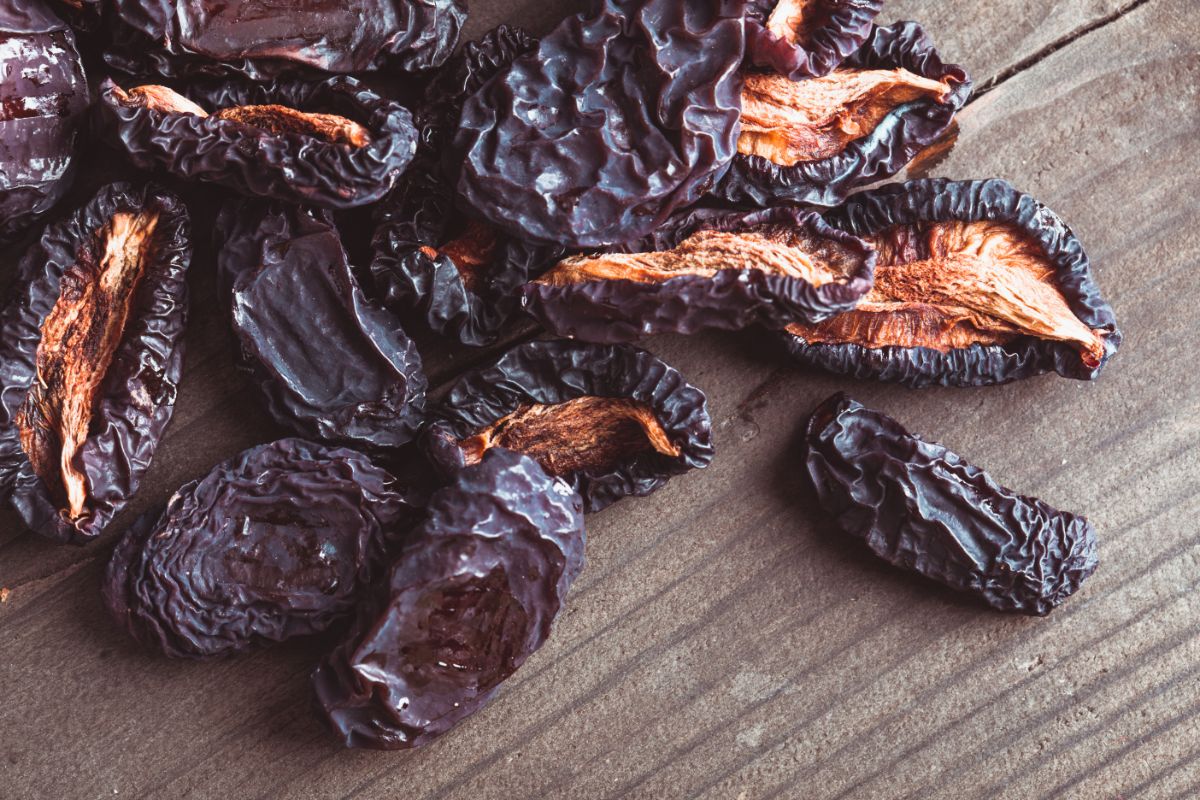
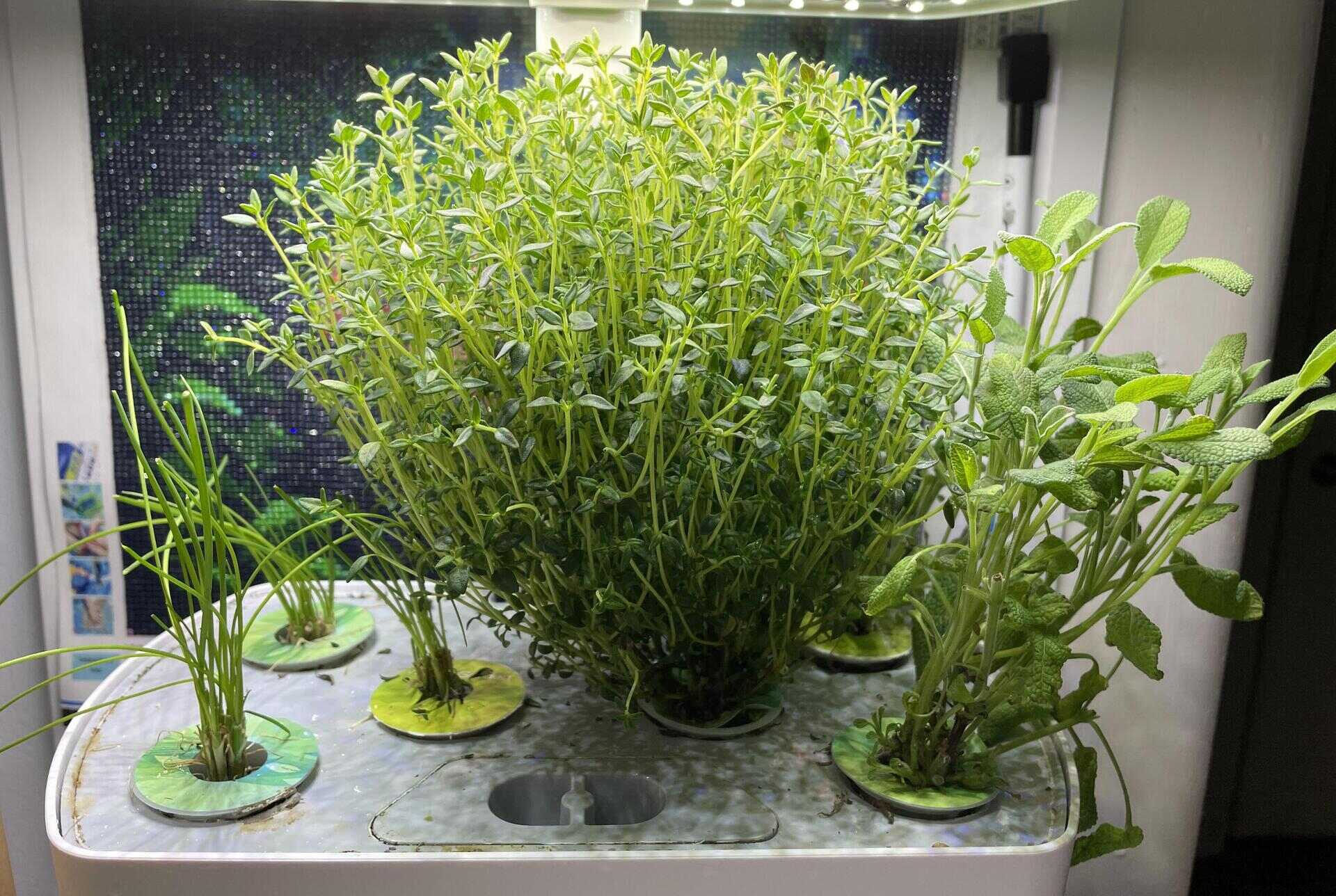
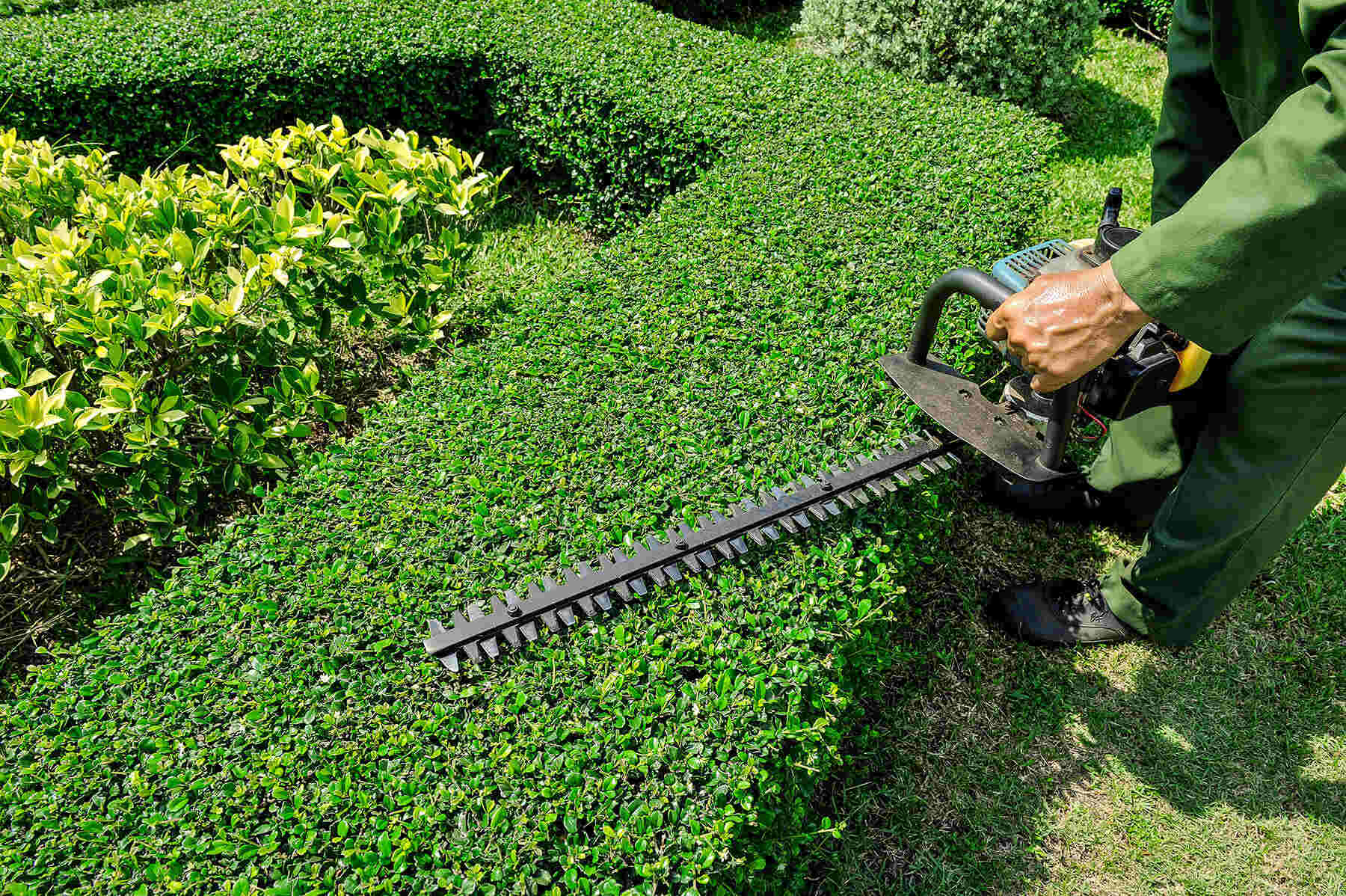
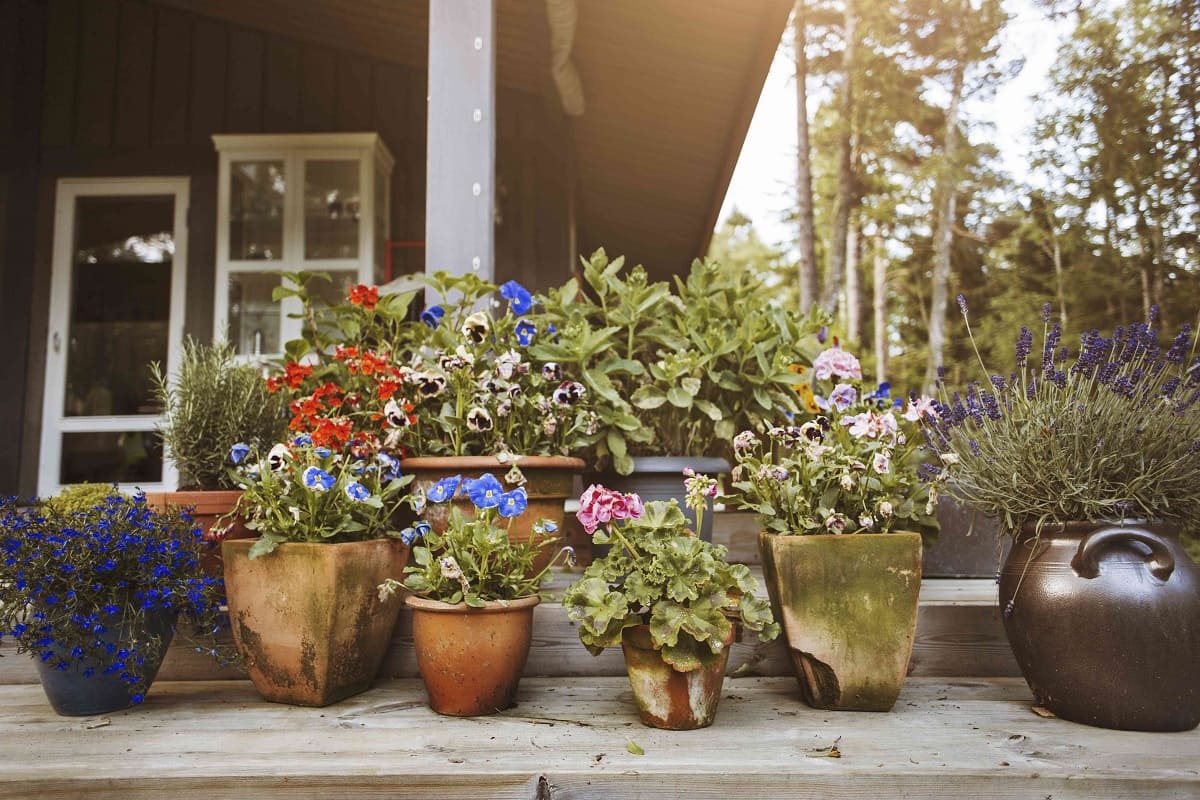

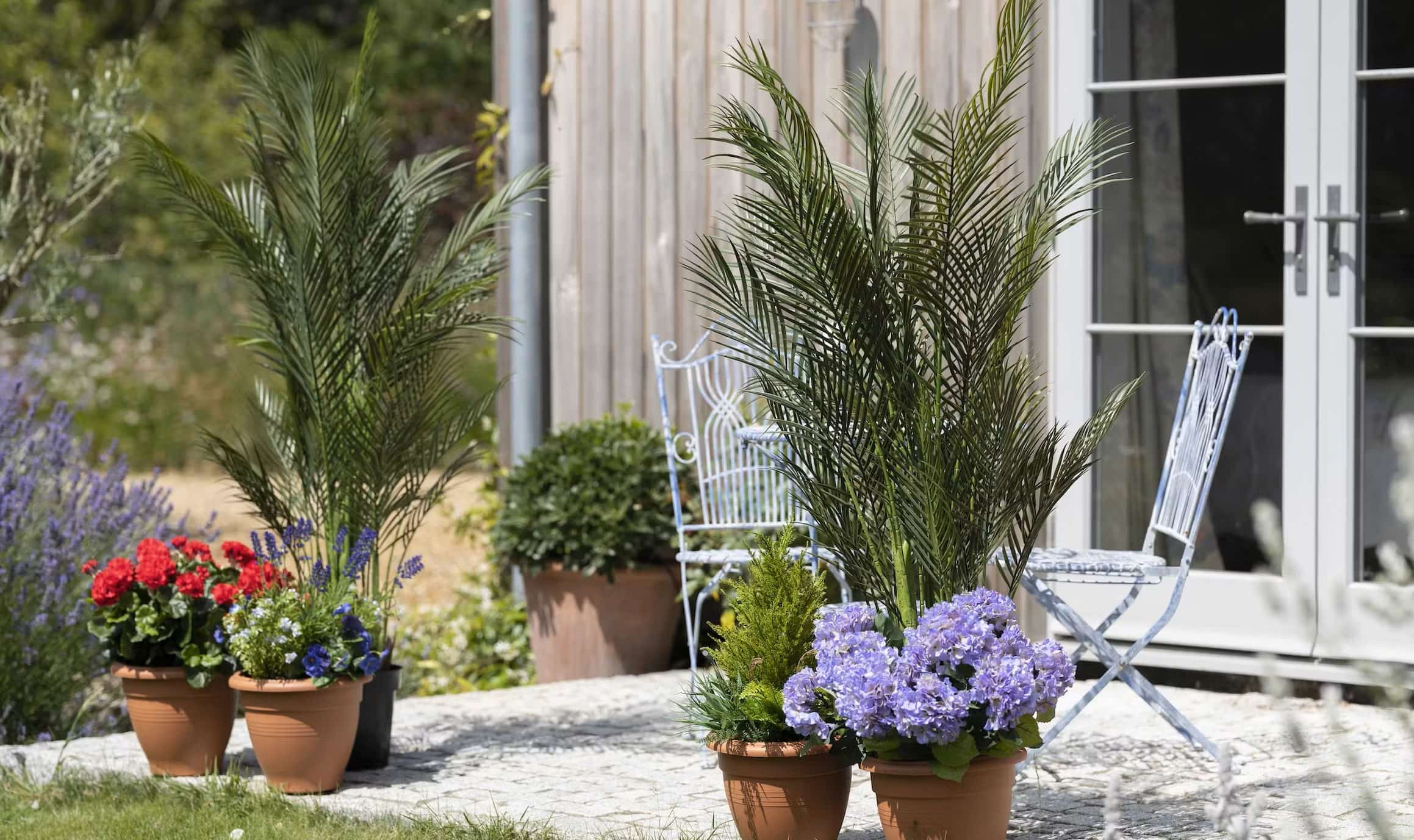
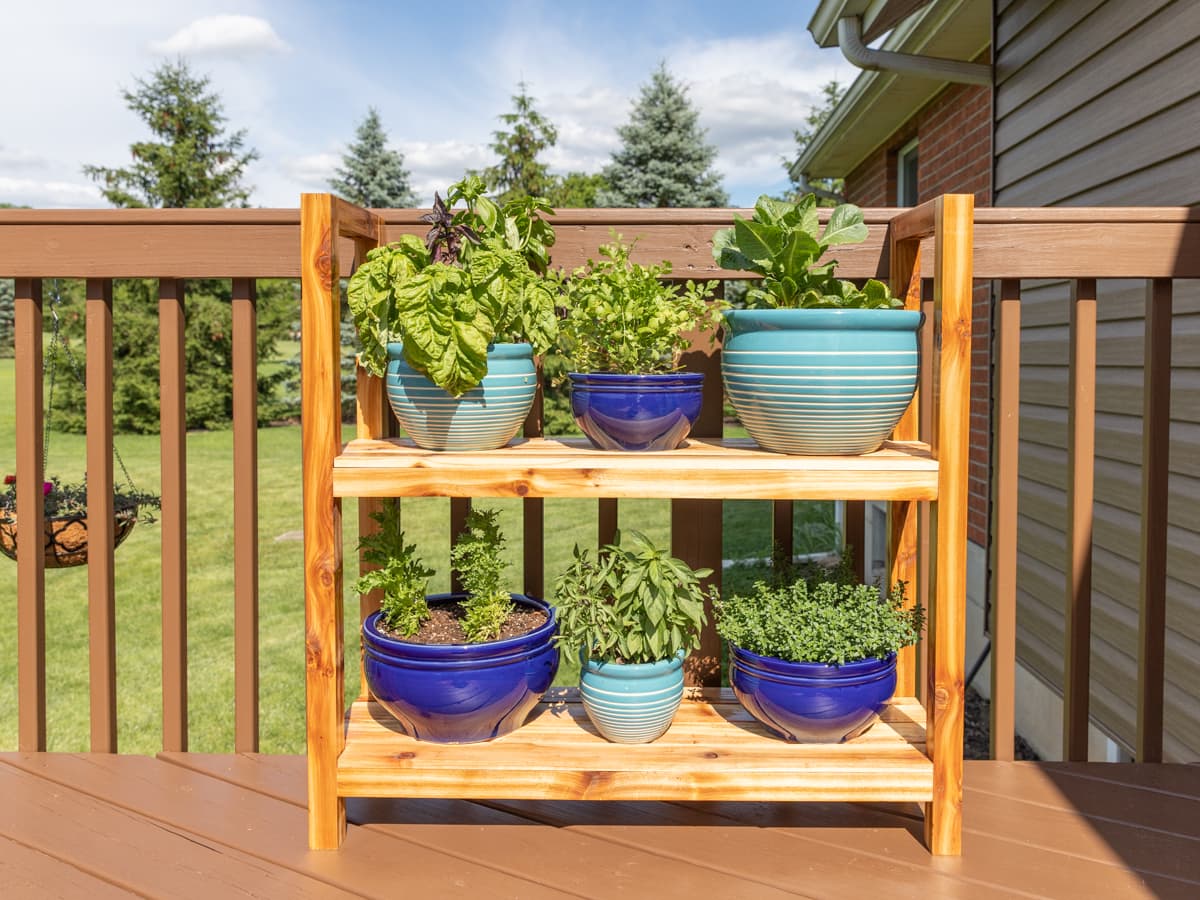
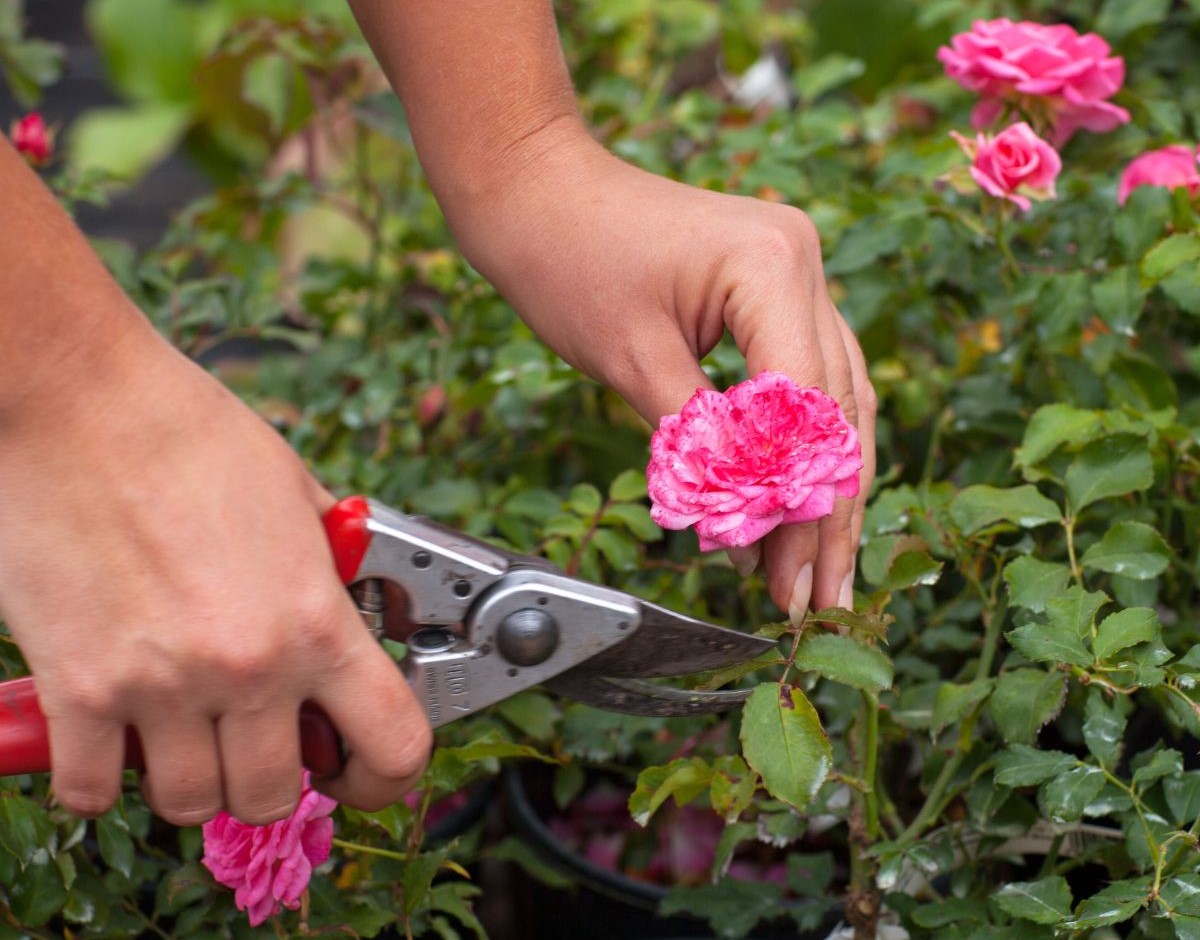
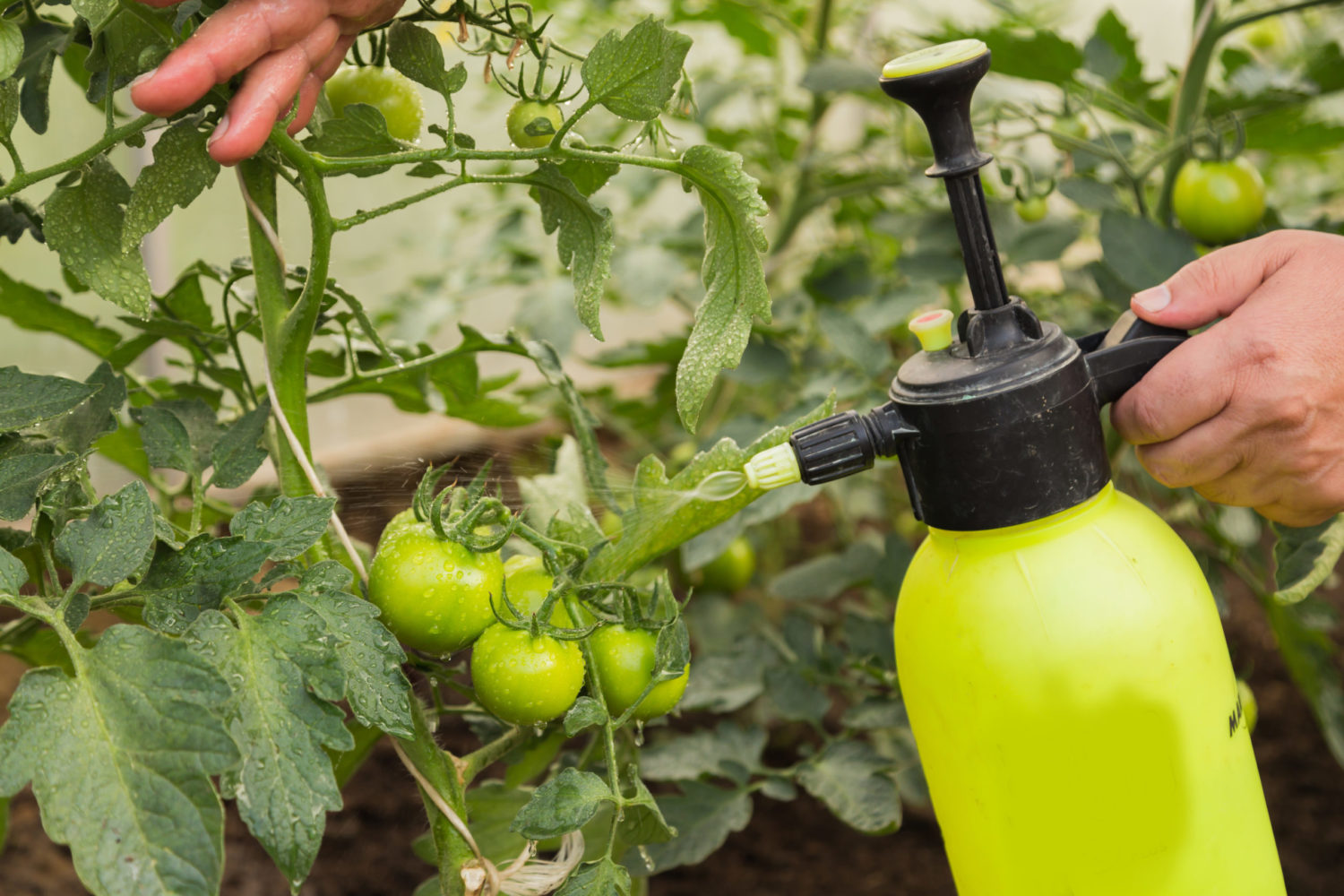
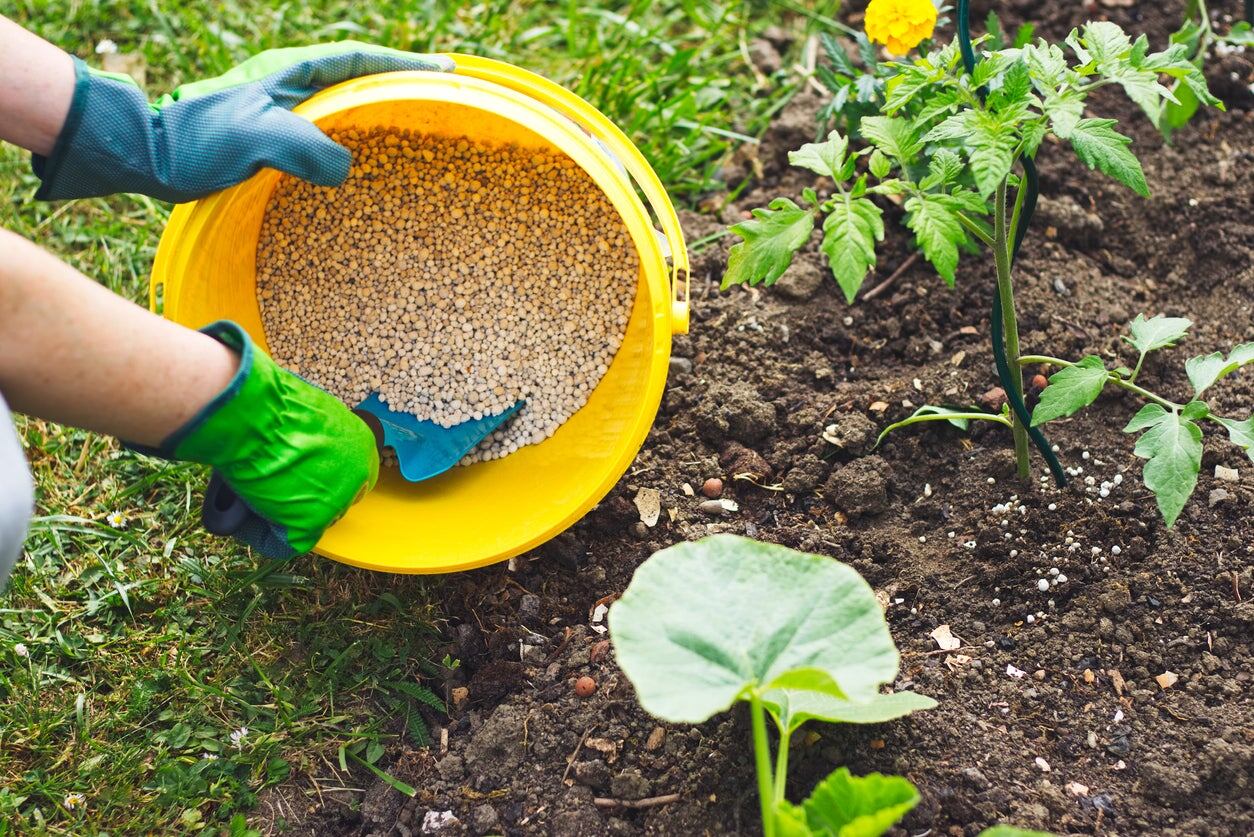

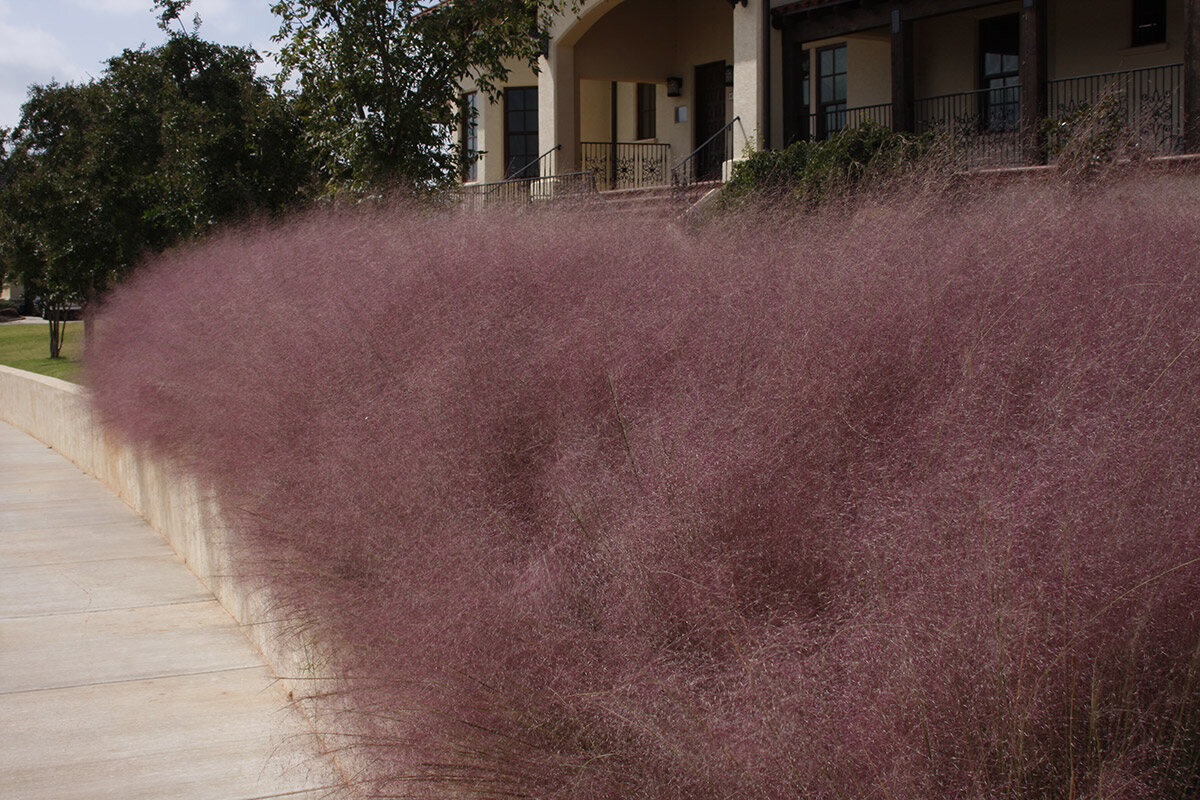

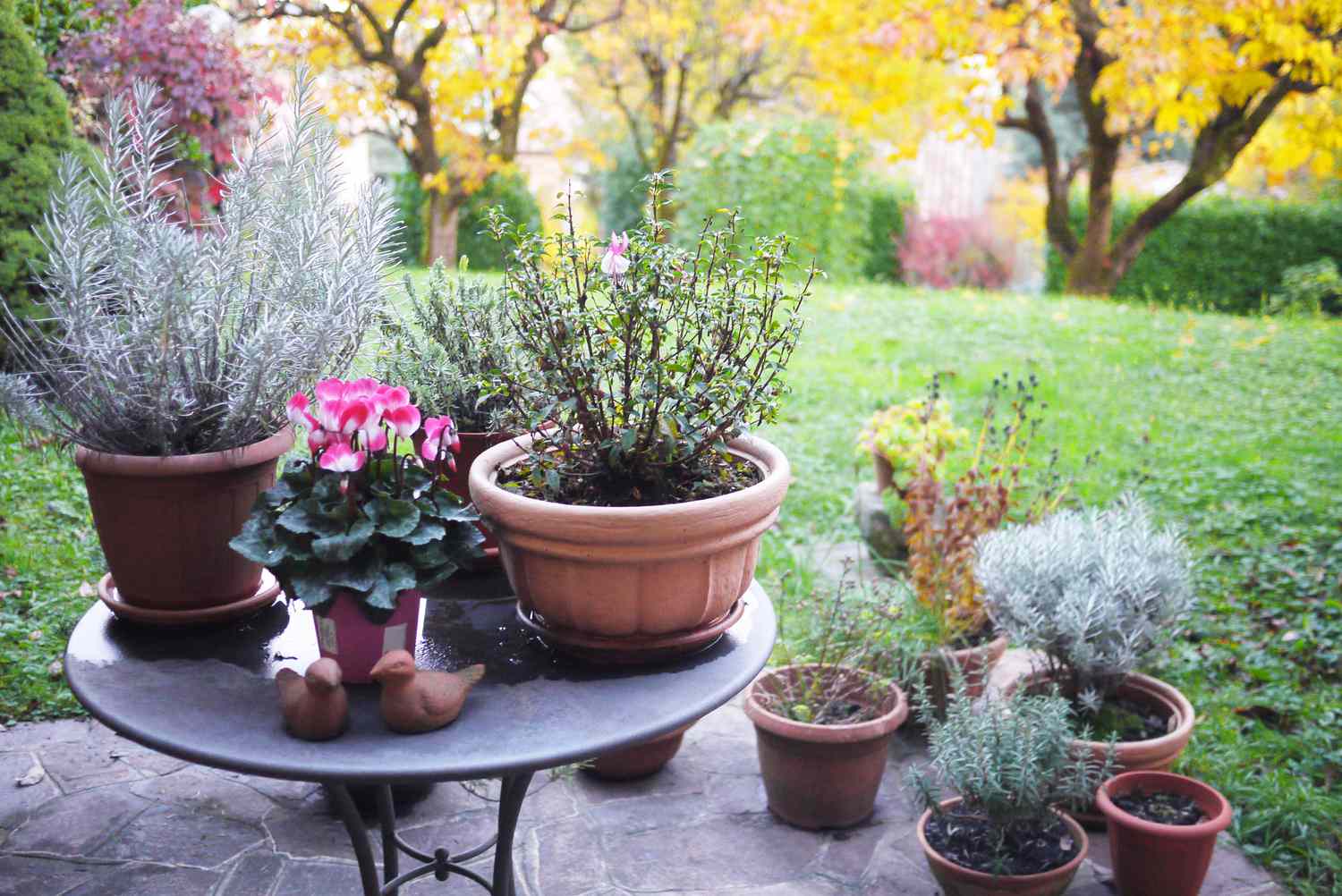

0 thoughts on “How To Prune Outdoor Plants?”